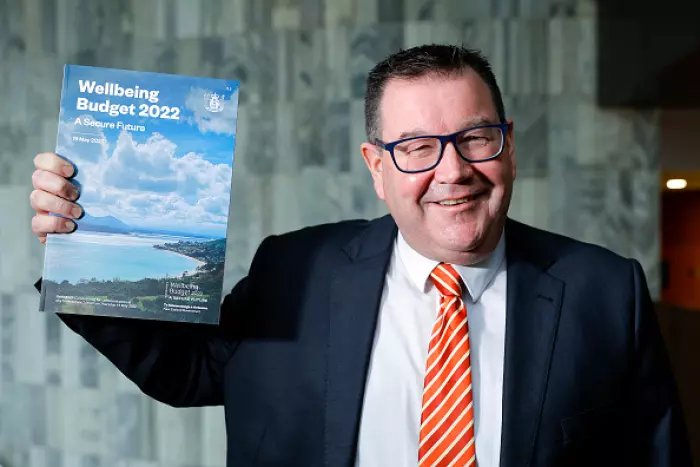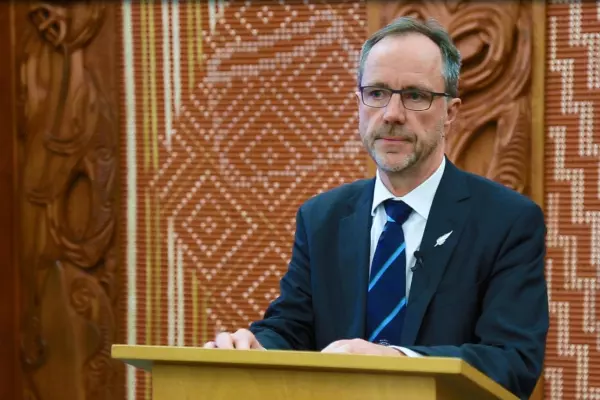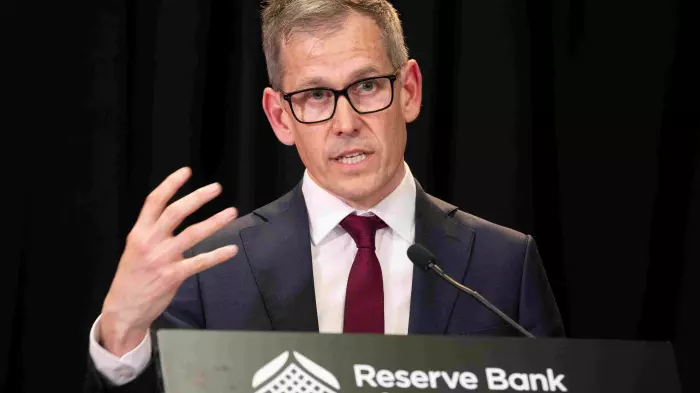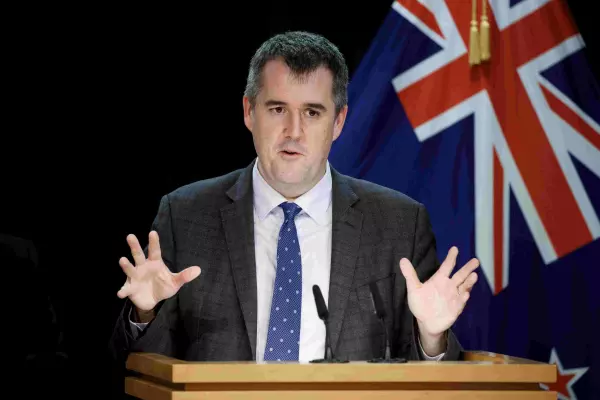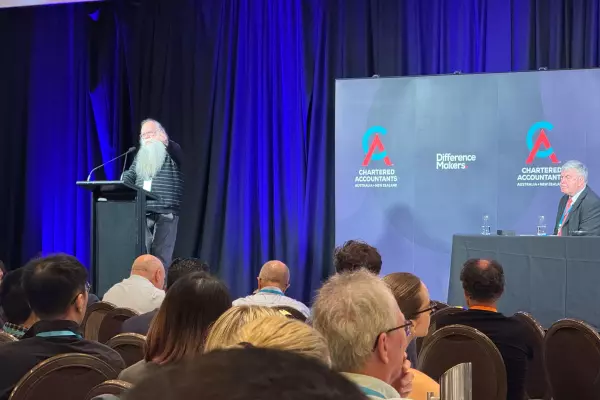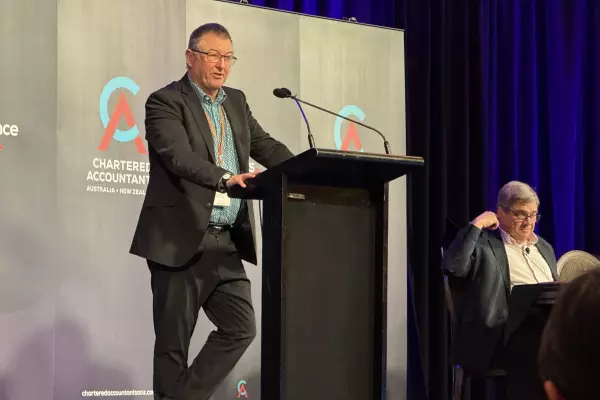The government was warned that many proposed budget initiatives would be difficult to deliver because of capacity constraints that would drive up costs and have flow-on impacts for the private sector.
One adviser went as far as saying the construction sector was “maxed out” and recommended the government not try to deliver any new construction projects until 2023.
BusinessDesk can reveal the government went ahead with 11 investment initiatives that its advisers rated low in “achievability” – meaning they would require significant support to realise their stated benefits and were not ready for a funding decision.
The achievability warning is the main theme of the Treasury paper Investment Panel Advice – Budget 2022, which was publicly released, but details of the 44 assessed bids were redacted.
In response to BusinessDesk’s enquiries, the treasury provided the ratings of the 31 bids that were eventually funded in Budget 2022 – the full list can be found at the end of this story.
Competing with each other
The advisory panel, which included the government’s chief digital officer and senior officials from the treasury and the infrastructure commission, concluded that none of the 44 bids could be rated “high” in achievability.
This was because of capability and capacity constraints both within agencies and the wider economy, together with insufficiently developed business cases being put forward.
The most acute issues constraining delivery were supply chain issues and the tightness of the labour market, but the panel was also concerned about complex projects being taken on by agencies whose focus was providing policy advice and which had limited operational expertise.
It said if agencies sought to recruit the necessary expertise, they would be competing for resources with each other and the private sector, risking further cost increases and crowding out private investment.
The paper noted that most bids had very small contingencies for cost increases.
Missing business cases
Another major cause of concern was a lack of sufficient planning reflected by few properly developed business cases being put forward.
Only 30% of bids were submitted with a business case of any kind, and even where cases were submitted, the panel found the project delivery risks were insufficiently assessed.
The business case issue was also flagged in the treasury’s investment statement, which became the subject of a tense discussion at the finance and expenditure select committee in June.
The treasury refused to answer a request from National MP Nicola Willis to name some of the investment proposals the agency was concerned with, saying she could check the budget advice papers when they were released.
Willis told BusinessDesk that taxpayers have a right to expect that before funds are committed to projects there is a plan for delivering them, which is both credible and achievable.
She said the investment panel’s advice highlighted a gap between the government announcing its intentions of what it wanted to achieve and the deliverability of those proposals.
“Either the government is quite happy to make announcements knowing that they can't be delivered but doing so for purely symbolic reasons, or it’s announcing initiatives knowing that the delivery is going to be compromised. Neither thing is good.”
Busy is good
A treasury spokesperson said the panel made its assessments in early February, which informed further development of the bids prior to final budget decisions being made.
“Some of these initiatives also have funding held in tagged contingencies, meaning final funding is dependent on further planning and delivery milestones being achieved.”
At the June select committee meeting, finance and infrastructure minister Grant Robertson said “deliverability” of projects had been a key focus for the government in preparing Budget 2022, as well as alignment with government strategy and assessing value for money.
Responding to questions for this story, Robertson told BusinessDesk that because of the panel’s advice, the government looked very carefully at which investments to fund – some were scaled back and some were asked for more information.
He said that more than 30% of the funding for these investments was put into tagged contingencies.
This meant that the community would get certainty that their project will go ahead, eg Nelson and Whāngarei hospitals, but the work to unlock that funding, such as business cases, still needed to be completed first.
Another gate in the process that ensured rigour is that the various phases of projects have to be signed off by ministers and cabinet.
“It is true the construction sector is very busy – that’s a good thing. But many of our large capital projects – like hospitals – take a very long time to build and need funding certainty.
“That’s why we decided to set aside funding for them in Budget 2022, so that work to deliver them can get under way.”
| Investment panel ratings of successful budget bids | ||
|---|---|---|
Achievability | Attractiveness | |
Electronic Certification (E-cert) Systems Replacement | Medium | High |
Te Au Reka (Caseflow Management) – Digitisation of Court Processes to Improve the Integrity of Courts and Tribunals | Medium | Medium |
Providing Sustainable, Quality Data for Generations to Come | Medium | Medium |
Continuing the Operation of the RealMe System | Medium | Medium |
Southern Positioning Augmentation Network (SouthPAN) | Medium | Medium |
Establishment of New Zealand Income Insurance Scheme | Medium | Medium |
Te Papa Tongarewa – Replacement Facility for Spirit Collection Area | Medium | Medium |
Health Data, Digital – Foundations and Innovation (Hira Tranche 2) | Medium | Medium |
Future of Rail – Rolling Stock | Medium | Medium |
Arms Safety & Control | Medium | Medium |
Future of Rail – Rail Network Investment Programme | Medium | Medium |
Addressing School Transport Critical Cost Pressures | Medium | Medium |
Maintenance of critical technology to ensure the delivery of Justice services | Medium | Medium |
Whakapapa Three Waters Infrastructure – Compliance and Asset Management | Medium | Medium |
Māori Medium Property | Medium | Medium |
Land Purchases for New Schools | Medium | Medium |
Southern Health System Digital Transformation Programme | Medium | Medium |
Continuing to replace the Financial Management and Payroll systems | Medium | Low |
National Education Growth Plan | Medium | Low |
Christchurch Schools’ Rebuild | Medium | Low |
Establishing Native Forests at Scale to Develop Long-Term Carbon Sinks and Improve Biodiversity | Low | Low |
Mode-Shift and Reducing Light Vehicle Kilometres Travelled | Low | Low |
Innovation – Creating an RNA Development Platform | Low | Low |
Bowen House Fitout | Low | Low |
Building Pacific Science, Technology, Engineering, Arts, and Mathematics (STEAM) Futures through Toloa | Low | Medium |
Population Health and Disease Management Digital Capability | Low | Medium |
Te Pae Tawhiti – Designing the Ministry of Social Development’s future operating model | Low | Medium |
Delivering Future Parliamentary Accommodation | Low | Medium |
Ministry of Education Cybersecurity and Managed IT Services | Low | Medium |
Auckland Light Rail: Progressing the Next Phase of Project Delivery | Low | Medium |
Health Data, Digital – Foundations and Innovation (Data and digital foundations) | Low | Medium |


